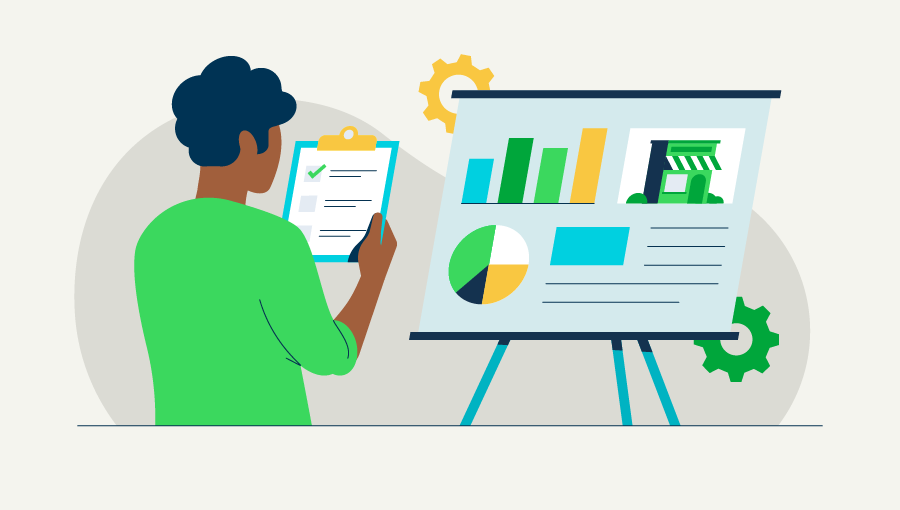How technology can empower your scenario planning
Basing your scenario planning on data from siloed Excel spreadsheets is risky and will likely lead to inaccurate forecasts and poor decision-making. Here are four advantages technology-driven scenario planning tools have over a manual, uncentralized approach.
Robust reporting
Modern reporting tools allow you to see how your strategic choices could affect your finance and ops performance.
Thanks to consolidated, centralized, and up-to-date data from across the business, you can generate various reports on a broader range of metrics, not just P&L and cash flow.
Real-time reporting and analytics allow leadership teams to make proactive, data-driven decisions before an identified risk causes serious financial or operational damage.
Example: Run a report comparing projected revenue, gross margin, and cash runway for a best-case vs. worst-case scenario in a prolonged economic downturn. From this, discover how long your business could withstand declining sales before making defensive cost cuts.
Budgeting & forecasting tools
Modern business intelligence and budgeting software allows you to instantly build and run comparisons of multiple models (e.g., optimistic, pessimistic, and most likely).
Their sophisticated algorithms help forecast inflows and outflows, making it much easier to assess how decisions like changing prices, hiring new staff, or changing suppliers play out over time.
If market changes trigger a scenario plan, you can track performance against forecasts in real time, making adjustments as needed to stay on track and avoid surprises.
Example: You could model one scenario with a 15% increase in material costs versus another showing a 10% drop in sales volumes. See how each affects your gross margin, net income, and working capital over a time you select, and then choose the response that best protects your position.
Inventory management
Artificial intelligence (AI) and machine learning (ML) forecasting tools help businesses anticipate market changes in advance by analyzing customer demands, wider market signals, and historical sales trends.
Forecasting helps companies maintain ideal stocking levels across different scenarios, like seasonal fluctuations and regional demand shifts. This minimizes the risk of overstocking, which ties up your cash, or stockouts, which hit revenue and lead to disappointed customers.
AI also offers extra modelling capabilities. For example, plan for the impact of major operational disruptions like supply delays, transport bottlenecks, and unexpected surges in demand. Use these insights to optimize your purchasing, production, and distribution plans to maintain service levels and protect profitability.
Example: You can simulate what inventory adjustments you’d need to make if one of your key suppliers faced a six-month production delay. You can model how that affects stocking, delivery, and cash flow to help you decide whether you need to adjust lead times or source an alternative supplier.



















